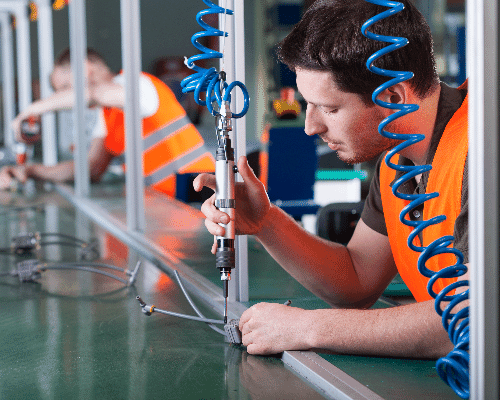
Seven Strategic Ways to Reduce Expenses from Compressed Air
February 14, 2024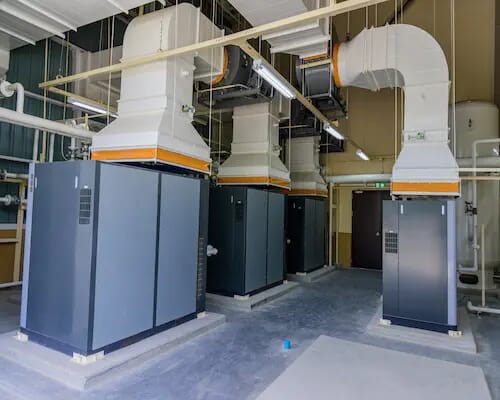
Choosing the Right Rotary Compressor Oil
February 28, 2024Air-powered Tools: The Seven Benefits and Uses of Pneumatic Tools
Kaishan USA | February 21, 2024 | Uncategorized
The many advantages of air-powered tools have made compressed air a critical fourth utility for industrial operations.
In fact, there are many applications where there’s nothing better than an air tool. Occasions where it absolutely, positively must be compressed air.
We discuss the seven most critical benefits and uses below.
1. Continuous Use
In applications requiring continuous use—like sanders, grinders, spray guns and sandblasters—electrical equipment overheats quickly. Or, for cordless tools, you are constantly replacing batteries. Their motors don’t do well with such grueling work.
Air-powered tools, on the other hand, hold up much better under constant use. They’re the most cost-effective. And there's no replacement for pneumatics in some situations.
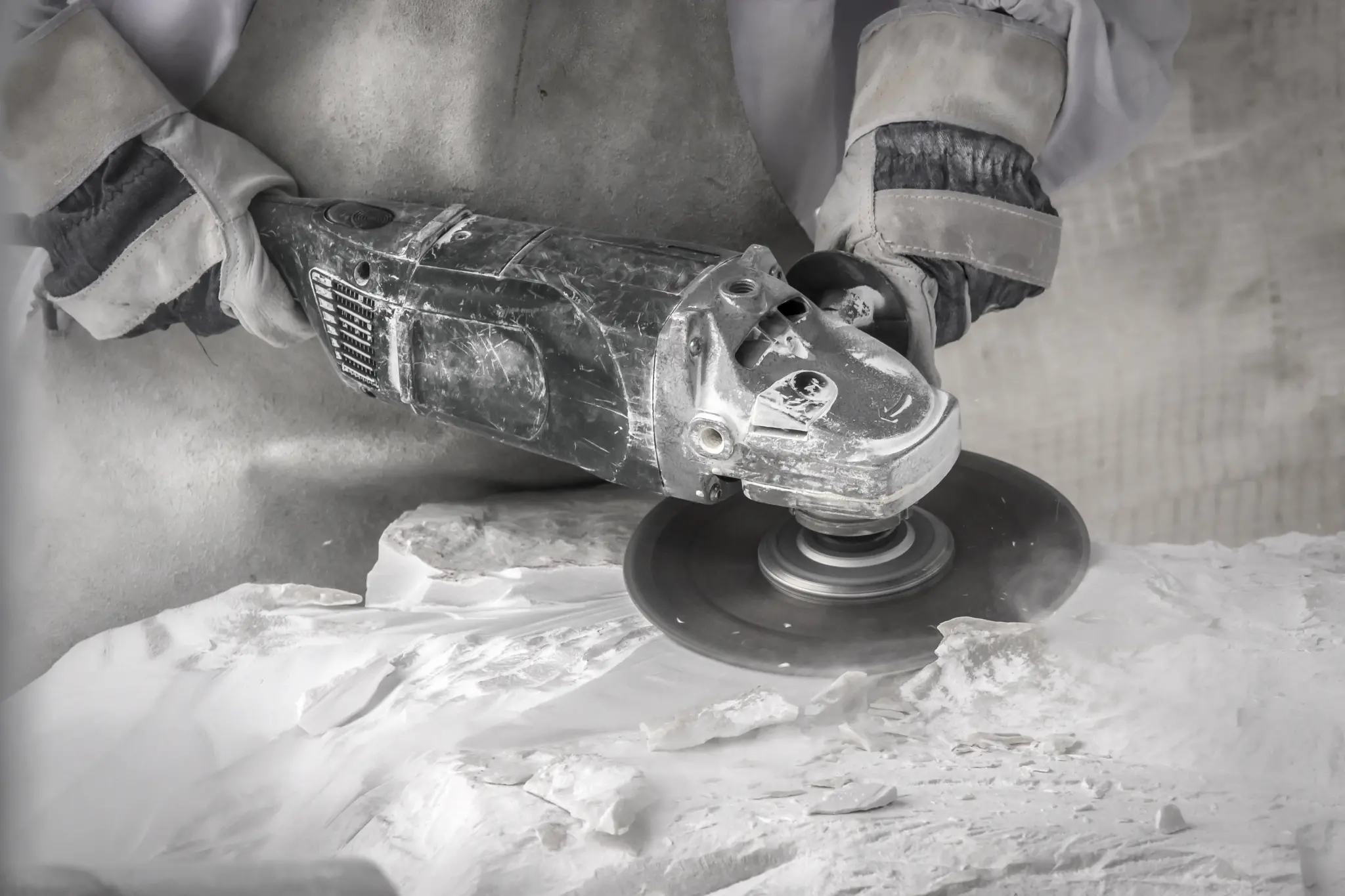
Because of its lighter weight and maneuverability, an air-powered orbital sander is much easier to use than an electrically powered one.
2. Safety
There are many situations in which it is not safe to use electric power. Wires or cords can get damaged or frayed, raising the risk of electrical shock. Even cordless electrical tools require batteries that need to be replaced. And, as mentioned above, they overheat or burn up in continuous use.
Air-powered tools, on the other hand, run cooler. They don’t generate sparks or fires. They also don’t become overloaded or overheated. And they don’t stall, avoiding problems those conditions cause in the workplace.
As a result, you can use air-powered tools in environments where conductive materials and flammable liquids are present. And they are fool-proof—even when they’re used carelessly or improperly, pneumatic equipment usually doesn’t cause the negative impact other power sources can cause.

Pneumatic tools are preferred for oil rigs and other energy exploration sites because air-powered tools won’t produce sparks or flames that would ignite fumes.
3. Harsh Environments
It’s not just the continuous use mentioned in the first point. It’s also heat, dust and debris that make a typical industrial plant a hostile environment for electric tools.
That’s why air-powered tools have become the preferred alternative in challenging environments like metalworking, shipping, oil and gas sites, power plants and petrochemical facilities. They handle temperature extremes, as well as other harsh environments, including:
-
- Wet applications. Workers use air-powered tools for welding or sanding underwater. And while NASA can afford to spend money to develop tools that work underwater, most industrial plants opt for much less expensive air-powered tools.
- In mining. You don’t want to introduce sources of ignition in a mine.
- Around explosive or flammable materials. Similarly, there’s less risk that air-powered tools will produce a spark or flame, igniting fumes on an oil rig or other energy exploration site.

Mining applications are a natural for air-powered tools because they do not introduce ignition sources to an already hazardous environment.
In fact, you can take air-powered tools almost anywhere. And even when there’s no electricity to operate a compressor, you can store air in cylinders or tanks and move it to the site. And, since you can easily swap out the tools you’re using, you can power any number of tasks, from high-pressure sandblasting to low-pressure cleaning.
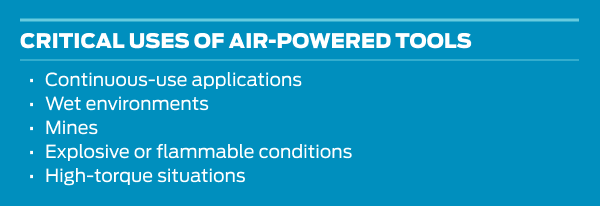
4. Cost
Pneumatic air-powered tools have simple designs, no batteries or motors and fewer moving parts, so they’re less expensive to acquire. A pneumatic nailer, for instance, costs less than a heavy-duty electric cordless model and handles a mass production environment much better. Then there’s the ergonomics (mentioned in No. 6 below).
The only requirement is access to compressed air. Admittedly, if you only have one or two tools you use occasionally, it’s probably not worthwhile to go with air-powered tools. But you may find you can service many different tools with a single rotary screw air compressor. And avoid the maintenance, replacement and battery use of small electrics.
However, most shops and industrial concerns already have a compressed air system serving other uses, so adding a new tool may not require additional cost. You will want to weigh how the new addition impacts your system.
Factor in Your Use
Compressed air users often make two common mistakes when assessing the power they need.
First, they overestimate. The reason is the “use factor,” which recognizes reality—you probably don’t have all your air-powered tools working at once. You use a few continuously, but the others most likely are “intermittent” at best.
Second, they forget that you need to make two calculations to determine the capacity of your system—flow and pressure. Here’s the difference:
-
- Flow (or CFM) is additive. Add all the continuous uses and allow for the intermittent ones.
- Pressure (or PSIG) is not additive. You’ll want to set the pressure to match the tool with the highest operating pressure.
Here’s how that works in practice.
For flow. If you have two tools drawing 5 CFM of flow continuously, that’s 10 CFM you need. Then, you add five intermittent-use tools requiring 5 CFM of flow each (or 25 total). But since they only operate 20% of the time, you only need 20% of the total or another 5 CFM. So, your total system requirement is 15 CFM of flow.
For pressure. As noted, the pressure should match the tool with the highest operating pressure. If you have ten tools needing 80 PSIG and one drawing 90, you’ll need 90 PSIG of pressure. You’ll want to equip the rest of your tools—those requiring 80 PSIG—with pressure-reducing valves or regulators. The critical point is that you shouldn’t set your operating pressure higher than needed. That wastes energy, causes leaks, generates heat and increases wear.
For a more extensive explanation of the capacity measurement in compressed air systems, read our blog post, “How Many CFM Do I Need? Air Pressure by Different Applications.”
5. Downtime
The more straightforward design of air-powered tools means they experience less overheating, less wear and fewer breakdowns. As a result, they are easier to repair and have a longer life. That means less maintenance and less downtime. They connect and disconnect to your compressed air system quickly, and training your staff to use them is easy.
The average electric tool has a maintenance interval of 100 hours or less. By comparison, a pneumatic air grinder is not a throw-away. It can go several thousand hours without servicing.
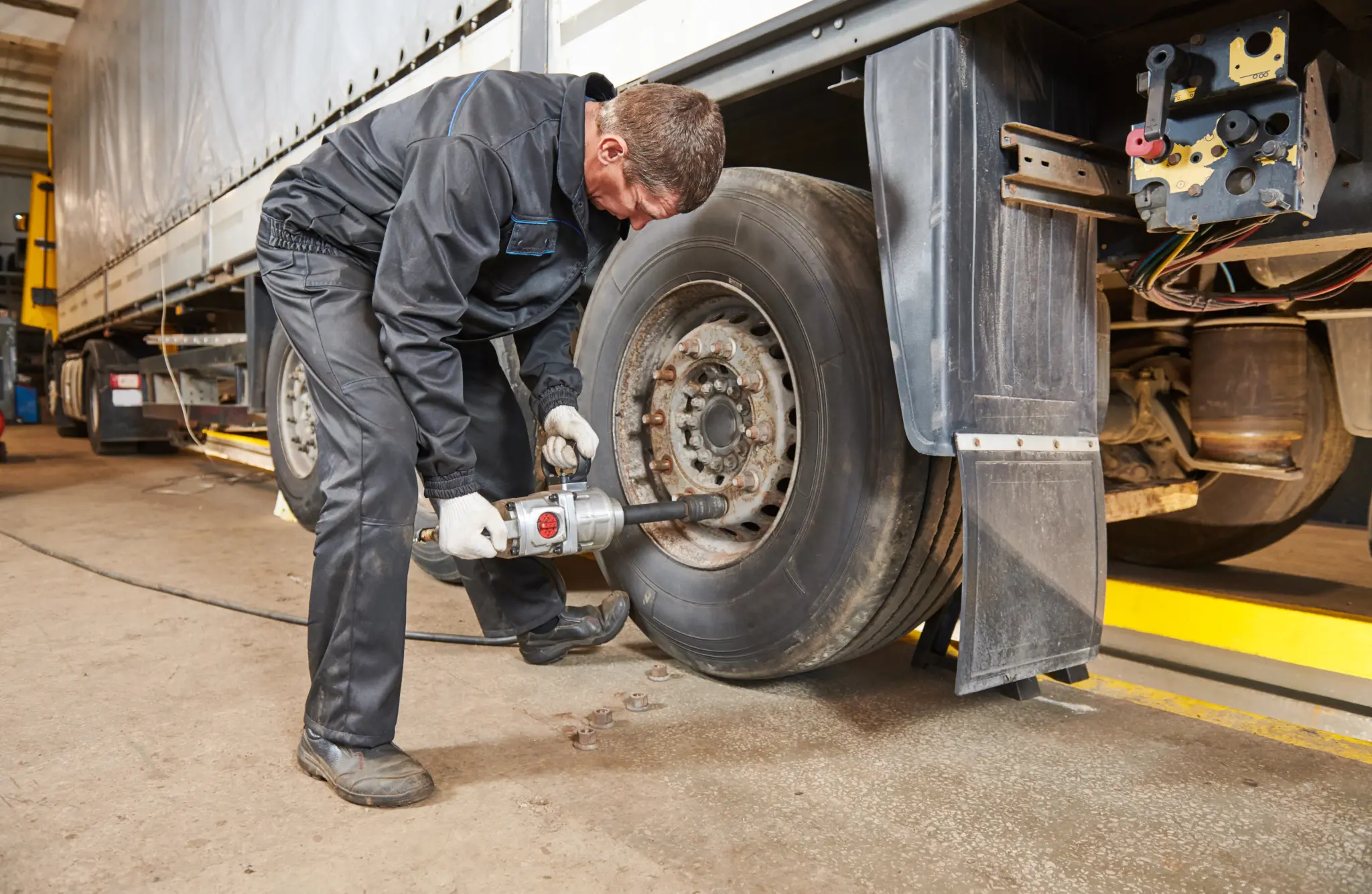
Mechanics prefer the lighter weight of air-powered tools when torquing bolts on an 18-wheeler for eight hours per day.
6. Ergonomics
Because pneumatic tools don’t have a motor or a battery, they are lighter. Much lighter. That makes a huge difference if you spend your days holding a heavy grinder or torquing bolts on an 18-wheeler.
Without the weight of a motor or batteries, they’re also smaller and more maneuverable. Easier to grip and pivot. That gives the operator better control over the tool. Lower vibration levels mean less fatigue and, in the long term, fewer work-related injuries and less sick leave.
7. More Power
Pneumatic tools are stronger and faster than comparable cordless and electric devices. Specifically, they offer improved torque levels and deliver more revolutions per minute (RPM) than cordless and electric devices of a similar size.
That’s especially important for applications like roofing or furniture nail guns, where speed is paramount. And while electrically powered tools are improving, many workers prefer the torque and speed of air-powered tools, not to mention the ergonomics.
There are some applications, like tire shops and auto repair shops, where the grueling demand is a strong argument for pneumatics. Admittedly, technology has come a long way with some of those electric tools. But workers at these places will tell you that you can't get the torque from an electric tool as you do a pneumatic one. And they prefer air-powered tools.
Greater Productivity, Lower Cost of Ownership
If you’re thinking of swapping out some of your electrically powered tools for air-powered tools, we can help. Our Kaishan nationwide network of independent distributors, can provide on-site help and consultation to help you develop the air compressor capacity to service both new and existing needs. Plus, these factory-trained air compression experts can service your air compressor system without a problem.
Local Help
Kaishan USA works with a nationwide network of independent distributors, who can provide on-site help and consultation as needed. These factory-trained air compression experts have an investment in their local communities and can service your air compressor system without a problem. And they have staff members skilled in using advanced technology like the ultrasonic leak detection devices mentioned above.
Key Takeaways
Air-powered tools:
-
- Are great for continuous use.
- Are a safe alternative to electric tools.
- Handle harsh environments well.
- Cost less than electric tools.
- Help you cut downtime and are less expensive to repair.
- Are more ergonomic than electric tools.
- Deliver power more effectively.
Let Us Help
Using air-powered tools in your plant could significantly impact your workers and your operation, improving safety and productivity, especially in demanding environments. If you need help determining how to convert more of your operations to pneumatics and compressed air, get in touch with the experts at Kaishan. Contact us today.
Random stat or
customer quote
textXXtext
text
The many advantages of air-powered tools have made compressed air a critical fourth utility for industrial operations.

